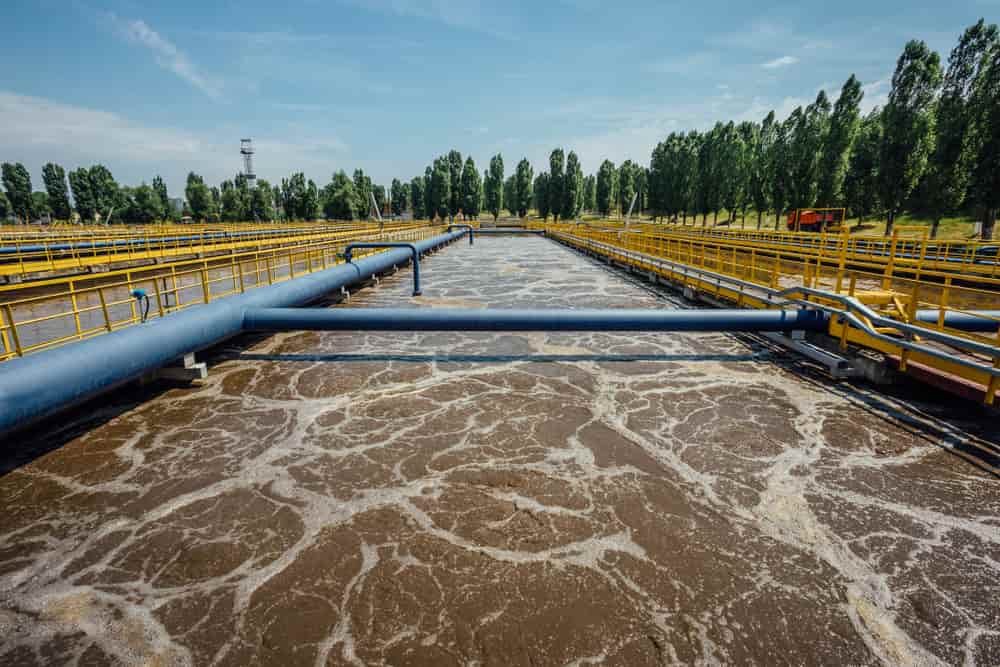
Posted on October 3rd, 2023 by hpprocess
Global warming and the climate crisis drive scientists and nations to develop and consider various renewable energy sources to reduce their carbon footprint.
One such consideration is biomass energy—derived from living things such as plants, wood, and waste. Modern bioenergy accounts for 55% of renewable energy and over 6% of global energy supply, making it the largest renewable energy source.
In the United States, biomass accounted for nearly five quadrillion British thermal units (Btu) and about 5% of total primary energy use in 2021. In the same year, the US also exported more total biomass energy than it imported.
Biomass energy is not a new concept and has been used by humans since the days of the cave dweller. However, in modern times, with the imperative need to reduce carbon emissions and with advancements in technology, biomass energy is a key component of decarbonization and is a low-carbon alternative, especially for electricity generation, transportation, and small industries.
What Is Biomass Energy and Is It Sustainable?
Bioenergy is generated from renewable organic sources such as agricultural and plant residues, municipal and industrial waste, and forest residues known as biomass.
Since biomass comes from organic living matter, burning biomass fuels such as wood fuel return contemporary carbon—which has been recently absorbed by the growing plant—back to the atmosphere and is currently absorbed by a replacement growing plant.
In contrast, burning fossil fuels converts stable carbon already absorbed millions of years ago in dead plant and animal material into atmospheric carbon dioxide and releases it into the atmosphere. With this process, additional carbon dioxide is added to the atmosphere.
Although bioenergy releases carbon dioxide, if managed sustainably, biomass fuel can produce a fraction of the carbon emissions of fossil fuels.
Biomass energy presents other advantages in its flexibility to be produced in different forms and used in various sectors, such as solid bioenergy and biogas for power in homes and industries and biofuel for cars, ships, and planes.
While there are several types of biomass fuels, woody fuels, and animal waste are the most widely used forms of biomass energy. However, woody biomass has been preferred over other biomass sources because of its easy handling, high energy content, and relatively high fixed carbon content. With proper management and sustainable practices, woody biomass can be one of the key renewable sources of energy for future generations.
How Biomass Energy Is Evolving
Over decades, new discoveries in biomass fuels and innovations in technology to harness energy have seen bioenergy evolve through three generations, from edible crops to feedstock and non-food biomass to algal biomass, known as third-generation biomass.
The International Energy Agency sees the traditional use of biogas—which involves mainly heating and cooking in households and within small industries, especially in developing countries—to be replaced by biogas digesters, bioethanol, and solid biomass.
While bioenergy can make significant contributions to reducing carbon emissions, most biomass energy is sourced from purpose-grown plants and trees, requiring land, which is a scarce commodity. Combined with low energy yields per unit of land and competition from other uses of land and residues, some scientists see land-intensive biomass to increase in the next decade and likely to scale down to a legacy fuel by the mid-century.
Because unsustainable biomass production can have detrimental consequences on the environment and society, there is a call to increase bioenergy production but with care so that there are no significant negative impacts.
A 2021 European report determines that future demand for biomass will exceed supply and cautions that it must be prioritized for high-value uses and where it is the greatest contributor to a net-zero economy.
In the future, governance of large-scale sustainable biomass production, supply chains, and developing markets will be critical, including research and development into growing and processing large quantities of biomass at a low cost.
If you are looking for high-quality biomass processing equipment, our team of experienced staff can help you choose the right equipment. Contact us today!










